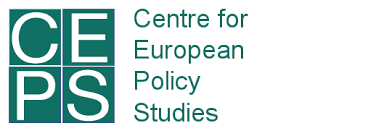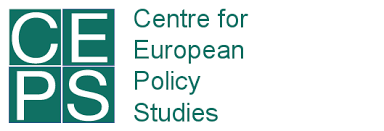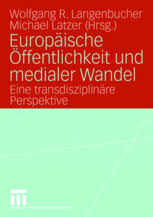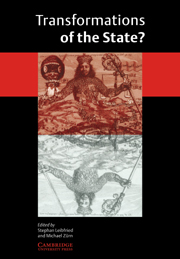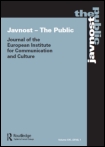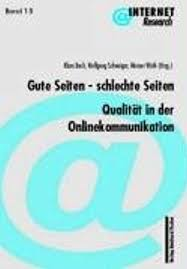Abstract
Der vorliegende Text leistet einen Beitrag zur Weiterentwicklung des Experteninterviews als Erhebungsinstrument in den Sozialwissenschaften. Im Mittelpunkt steht das Interviewverhalten der Befragten – ein Aspekt, der in der bisherigen Literatur zum Experteninterview zu wenig Beachtung gefunden hat. Die Rolle, die der Experte im Interview einnimmt, so unsere These, ist dabei letztlich mitentscheidend für den Erfolg und die weitere Verwertbarkeit der durch ein Interview gesammelten Antworten. Neben Faktoren wie der allgemeinen Vorbereitung, der Ausarbeitung der Fragen und der Auswertungsmethode wird damit die Gesprächsführung zur entscheidenden Determinante der Qualität eines Experteninterviews. Der Beitrag entwickelt eine Typologie unterschiedlicher
Interviewpartner und stellt deren jeweilige Besonderheiten dar. Experten lassen sich nach ihrem Kommunikationsstil (detailverliebt, anekdotenhaft, abstrahierend, ausweichend, contra-faktisch) und nach ihrer Intention, an einem Interview teilzunehmen (Informationsweitergabe, Persuasion), unterscheiden. Entlang dieser beiden Dimensionen lassen sich zehn Typen von Experten unterscheiden. Eine solche Typologie hilft, Herausforderungen an eine Interviewsituation (Zeitmanagement, Faktensammlung, Ermittlung von Meinungen) frühzeitig zu erkennen und Interviewstrategien (aktives Zeitmanagement, Konkretisierung, Konfrontation, Bekenntnisstrategie, Versachlichungsstrategie) zu entwickeln, um möglichen problematischen Verhaltensmustern, die solche Experten zeigen, entgegenzuwirken.

Martens, Kerstin; Brüggemann, Michael (2006): Kein Experte ist wie der andere. Vom Umgang mit Missionaren und Geschichtenerzählern. Bremen (TranState Working Paper, 39). Available online at http://www.state.uni-bremen.de/pages/pubApBeschreibung.php?SPRACHE=de&ID=45.

